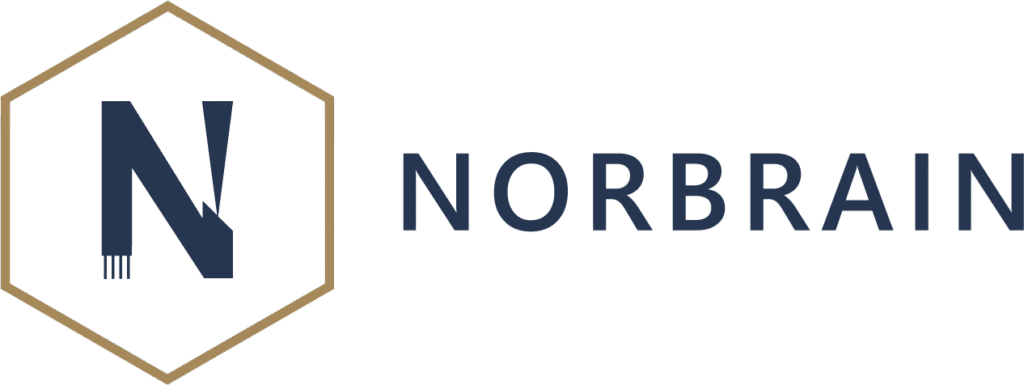Home » About NORBRAIN
About NORBRAIN
NORBRAIN provides nationwide access to cutting-edge neurotechnology, and offers services to researchers from universities in Norway and other national users. The access to new technologies will attract not only investigators in basic research disciplines at the universities but also biopharma and diagnostics companies with a potential for translating basic research to treatment and industrial application.
